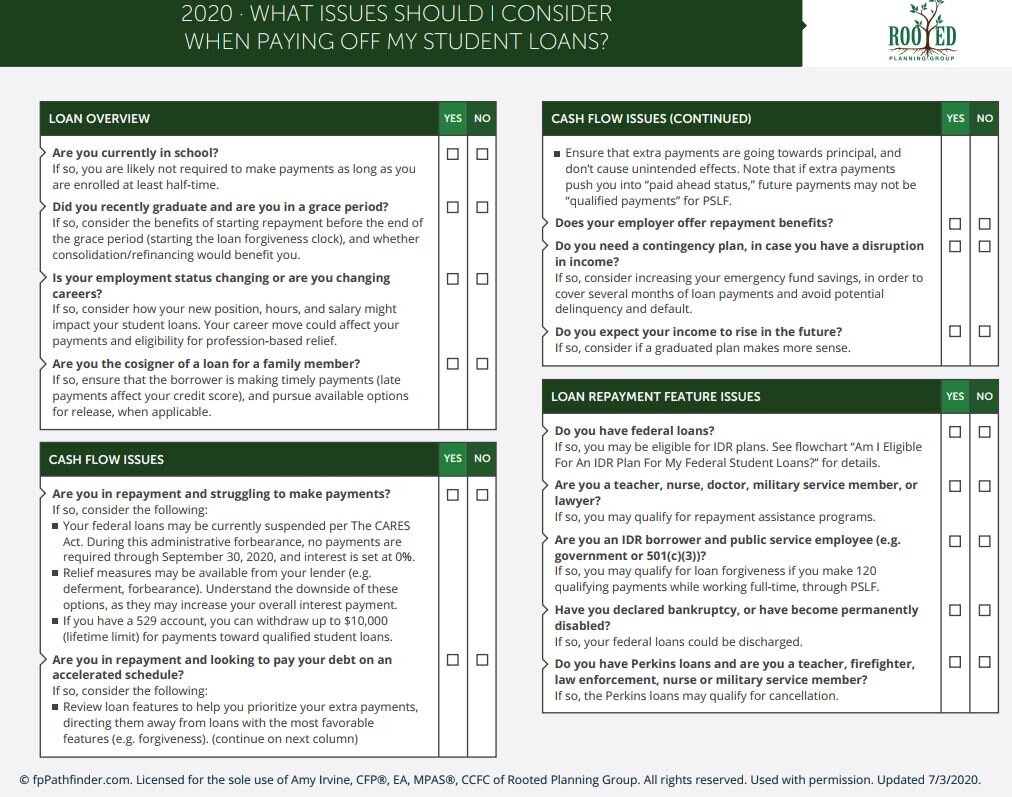- Current and Projected Income: Accurately assessing your current income and projecting future income is essential. An income-driven plan might be suitable if your income is currently low or is expected to remain so.
- Expected Financial Changes: Consider factors like potential job loss, promotions, or unexpected expenses. A plan that accounts for potential changes in your financial circumstances will provide a better framework for managing your loan.
- Loan Amount and Interest Rate: A higher loan amount and a higher interest rate may necessitate a plan that allows for more substantial monthly payments, even if they increase over time.
Comparison of Repayment Plans
The following table provides a general comparison of different repayment plans and their potential impact on repayment timelines. Remember, these are estimates and actual outcomes may vary.
| Repayment Plan | Initial Payment | Payment Structure | Potential Impact on Repayment Timeline |
|---|---|---|---|
| Standard | Fixed, potentially high | Fixed monthly payment for 10 years | Faster repayment, but might be challenging for those with fluctuating income |
| Graduated | Lower, increasing over time | Gradually increasing monthly payments | More manageable initially, but potentially higher payments later |
| Income-Driven | Lower, based on income | Payment adjusted based on income | Potentially longer repayment period, but offers relief during financial hardship |
Failure to Seek Help and Support
Ignoring your student loan challenges can lead to a cascade of escalating problems, ultimately delaying repayment and potentially harming your financial future. Proactive engagement with available resources is crucial for navigating these complexities and achieving a smooth repayment trajectory. Taking the first step to seek help is a powerful demonstration of responsible financial management.Failing to address student loan challenges can result in missed payments, late fees, damage to your credit score, and even potential collection actions.
Seeking help proactively can prevent these negative outcomes and pave the way for a more manageable repayment plan. It’s a sign of strength, not weakness, to acknowledge the need for support and utilize the available resources.
Importance of Seeking Help
Addressing student loan issues head-on is essential for maintaining financial stability and avoiding long-term repercussions. Proactive intervention, coupled with informed decision-making, can often prevent delays and lead to a more favorable outcome. By understanding the various support options available and proactively engaging with them, you can establish a sustainable repayment strategy and prevent any further complications.
Resources and Support Options
A multitude of resources are available to assist students in managing their student loan obligations. These resources offer guidance, support, and potential solutions to overcome repayment challenges.
- Federal Student Aid (FSA): The FSA offers a wealth of information, including repayment plans, loan forgiveness programs, and guidance on managing loan debt. Their website provides comprehensive details on available options and can connect you with dedicated representatives.
- Loan Servicers: Your loan servicer is a critical point of contact for navigating repayment options, understanding your loan terms, and exploring potential modifications or forbearance options. They are a direct source of information and can guide you through the process of addressing specific issues.
- Nonprofit Organizations: Numerous non-profit organizations specialize in financial literacy and debt management. They often provide free workshops, counseling, and resources to help students understand their options and develop effective strategies for managing their student loans.
- Credit Counseling Agencies: These agencies offer expert guidance on budgeting, debt management, and financial planning. They can help you create a realistic budget, understand your loan terms, and develop a structured repayment plan.
Approaching Loan Providers for Assistance
When contacting your student loan provider for assistance, a clear and organized approach is essential. Maintaining a professional demeanor and providing accurate information will facilitate a smoother process.
- Documentation: Prepare all necessary documentation, including loan account numbers, relevant financial information, and any supporting evidence. This will ensure a timely and efficient resolution of your request.
- Clear Communication: Articulate your request clearly and concisely, outlining your specific need and any desired solutions. Be prepared to answer any questions the representative may have.
- Professionalism: Maintain a professional tone throughout the interaction. Avoid emotional language or aggressive behavior. Professionalism will enhance your credibility and facilitate a more productive discussion.
- Follow-up: After contacting the loan provider, follow up to confirm receipt of your request and to schedule any necessary meetings or appointments. This ensures accountability and helps you stay informed about the progress of your case.
Seeking Help Flowchart
The following flowchart Artikels a systematic approach to seeking help and support when facing student loan challenges:  [Placeholder for a visual flowchart depicting the steps involved in seeking help from various resources, starting with identifying a problem, and branching into different options for addressing it, such as contacting loan servicers, using online resources, and seeking guidance from financial advisors.]
[Placeholder for a visual flowchart depicting the steps involved in seeking help from various resources, starting with identifying a problem, and branching into different options for addressing it, such as contacting loan servicers, using online resources, and seeking guidance from financial advisors.]
Ending Remarks
So, there you have it—eight major mistakes that can delay your student loan repayment. Remember, planning ahead and understanding your loan terms is key. Don’t let these errors derail your goals. Stay organized, communicate with your lender, and keep your finances tight. Now you’re equipped to rock your repayment game and avoid those delays, so get out there and make it happen!
